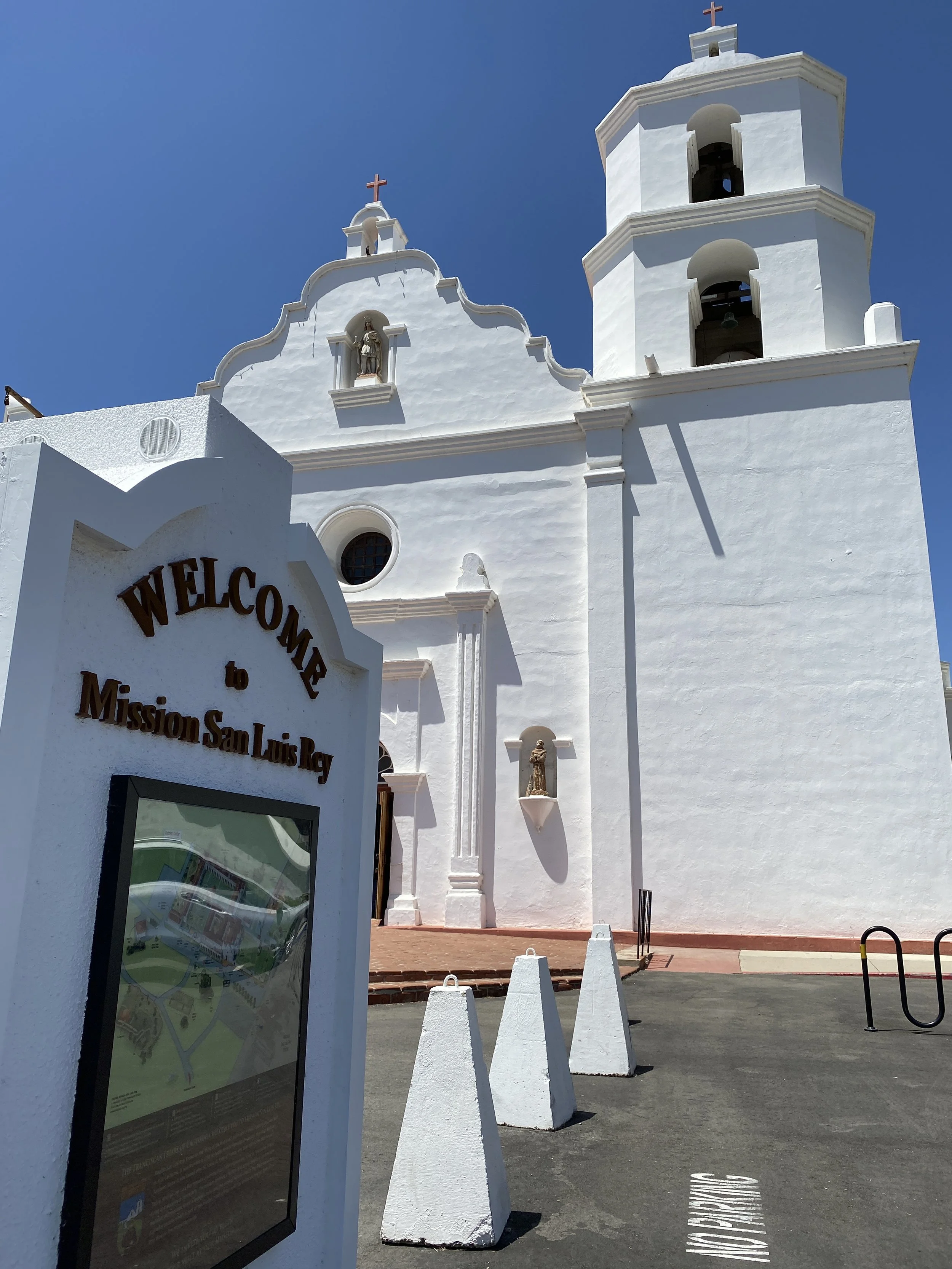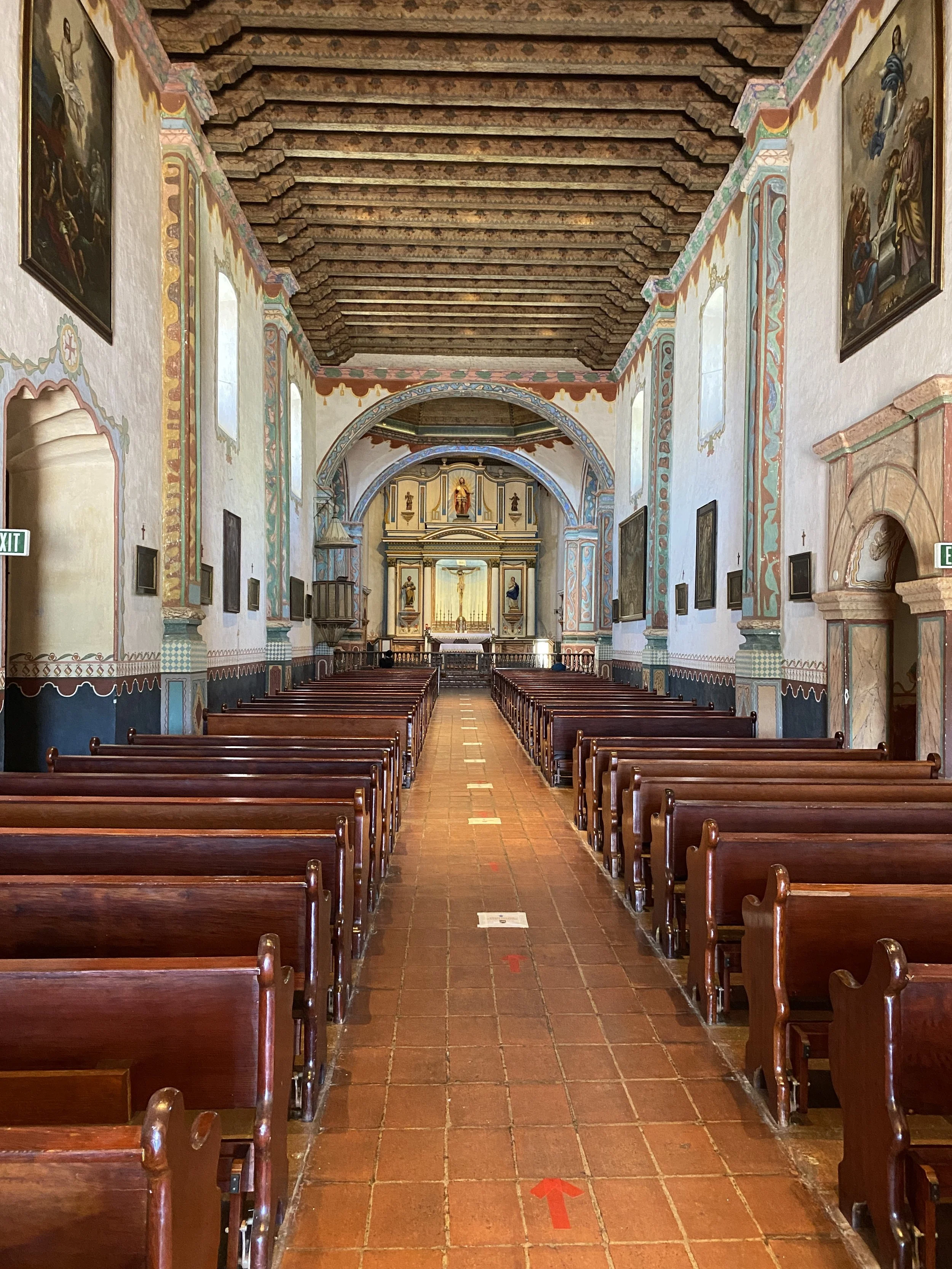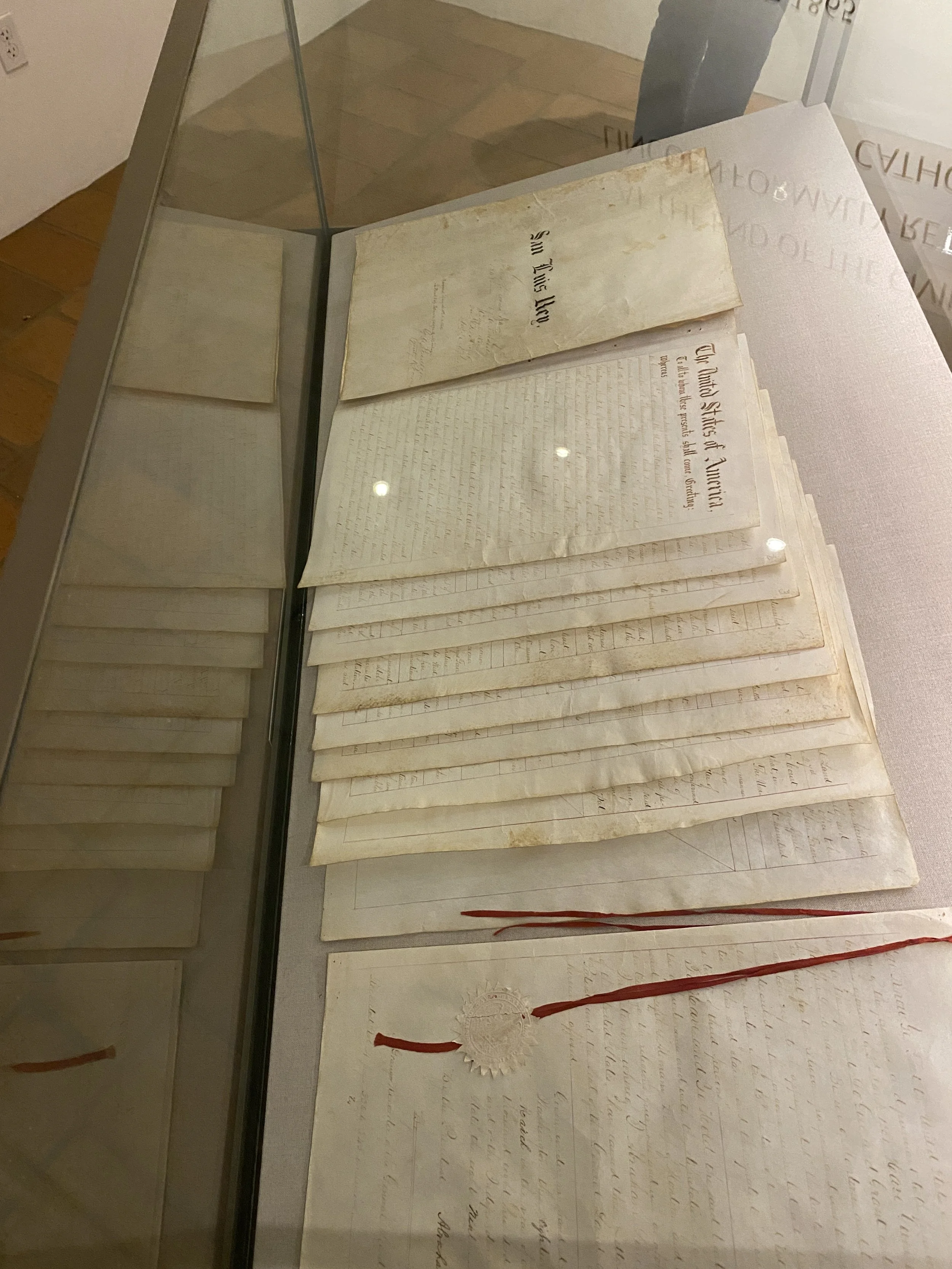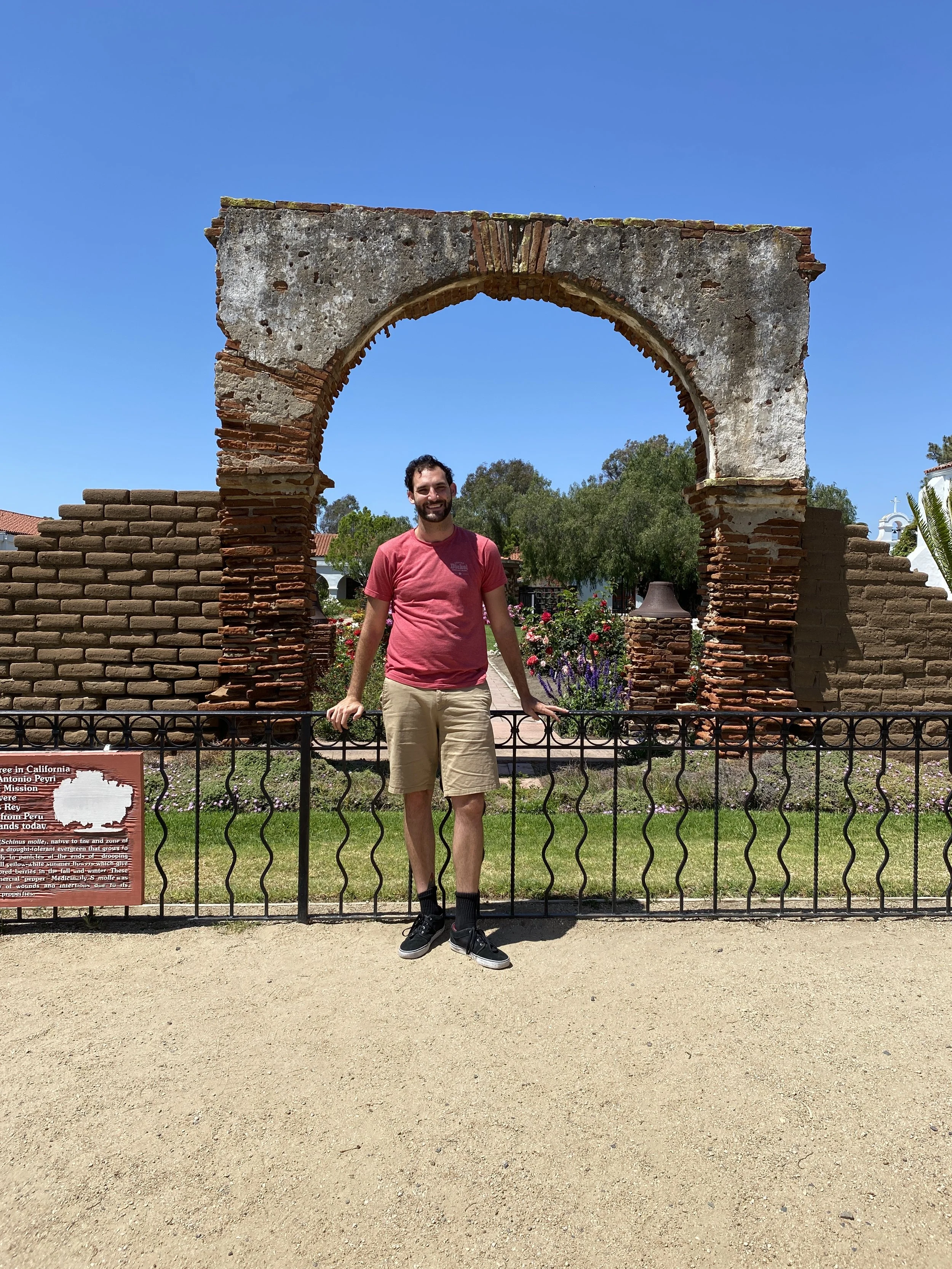The Mission San Luis Rey Dives Deep Into California's History
The Mission San Luis Rey in Oceanside, California, is an awesome deep dive into California's history.
As a native Californian, I never thought too much about our history until recently. In fact, as a kid, history was my least favorite subject. We visited a few missions in elementary school, but I never cared too much about them as I moved into my adult life.
Things changed as I got older. I learned random facts about California through my time with the Monterey Bay Food Tours. I’d lived in Monterey for almost twelve years at that point, and found I’d ultimately known nothing about it.
During my transition down to San Diego, now, I’m all about the historical aspects. I want to know everything that went into this city and the greater San Diego area before I moved here.
That exploration started with the Mission San Luis Rey.
Exploring California’s History
Having visited a few missions throughout the years, the size of this one surprised me. It is the largest of California’s 21, after all. That much is evident as soon as you look up the bell tower.
I just didn't know that before I'd had a chance to see it for myself.
You may or may not know (I didn’t) that San Diego is known as the “birthplace of California.”
Father Junipero Serra created the first mission -- San Diego de Alcalà -- to solidify the Spanish inhabitance in 1769. Father Serra may be the man credited for founding the California missions, but this particular mission came about thanks to his successor, Father Fermin Lasuen.
The Spanish involvement in the missions also translated into naming them. Although the Mission San Luis Rey was named after a French King, Louis IX, he came from Spanish blood on his mother’s side. The early Franciscans took care of his schooling, and he became a patron of their third order. He ultimately died fighting in the Crusades.
When the Spaniards moved in, they decided to colonize with the indigenous tribe. At that time, they referred to themselves as Ata'xam, "The People." They ultimately became known as the Luiseños.
Generations at the Mission San Luis Rey
This relationship kicked off the early days in the Mission San Luis Rey, namely between 1798-1832.
During that time, nearly 3,000 Native Americans called the Mission San Luis Rey home and contributed to the way of life as taught by the Spanish. By 1830, the mission had become the largest building in California.
Nine years earlier, however, a law of secularization came after Mexico obtained its independence from Spain. The missions had ten years from that point to fulfill the instruction of the Native Americans.
The Mexican government then took over in 1833 and stayed there until 1847. After that, the United States military moved forward to use the mission as an operational base.
Then, in 1865 — in a document you can still see for yourself in the museum — Abraham Lincoln ordered the missions to return to the Catholic Church.
The mission, however, lay abandoned until 1892, when Father Joseph Jeremiah O’Keefe went on to become the “Rebuilder of the Mission.”
His repairs to the permanent living quarters where the museum now sits continued until his death.
Wander Through the Museum and See it For Yourself
That museum now displays a wonderful collection of artifacts and displays that showcase this history.
Still an active mission, visitors can join for mass on Sundays in the sanctuary. The Order of Friars Minor (OFM) is also still active, and the brothers live on site.
Within the museum itself, various aspects of both the Spanish and Luiseño influence helped shape what the mission ultimately became. The displays throughout depict the day-to-day life of the time and showcase how the two tribes worked together.
The Grounds of the Mission San Luis Rey
Apart from the building itself, it’s also worth it to take a stroll out on the grounds.
Just out back, you can find the oldest pepper tree in California. The first pepper trees were planted in Alta California back in 1830 by a Peruvian sailor.
The cemetery has also been in continuous use since 1798, making it the oldest burial ground in Northern San Diego. The Native American memorial was constructed in 1830, and the Franciscan Crypts house many of the fathers who have served.
How Much Does it Cost?
Tickets for the museum are $7, but a visit to the church and the grounds is free.
There is so much to see and do here, I’m not sure only one visit will suffice.
I didn’t know about the Mission San Diego de Alcalà before heading out to the Mission San Luis Rey. I'll have to add that to the San Diego bucket list, especially since it's the first!
In the meantime, I’m thrilled I had the opportunity to explore this historical landmark. I’m grateful to the folks at Visit Oceanside who helped make this experience a possibility for me.





